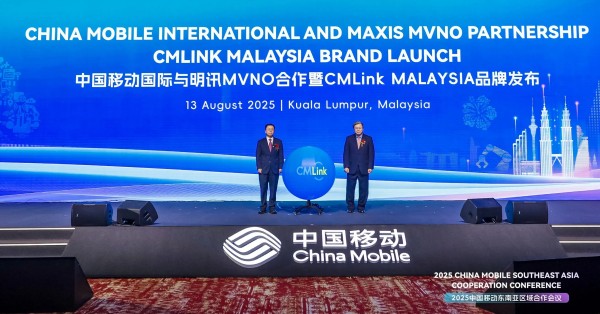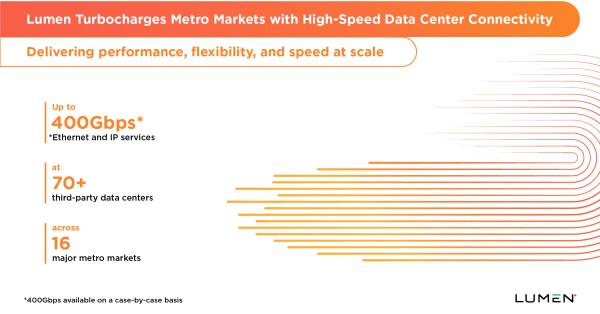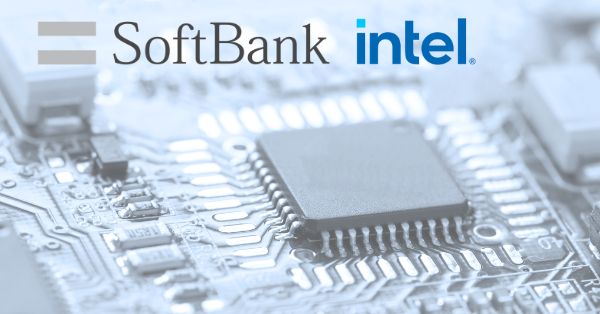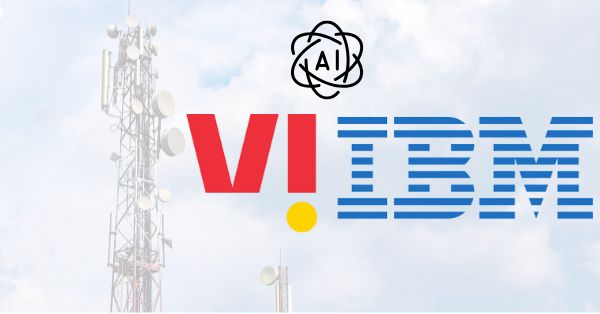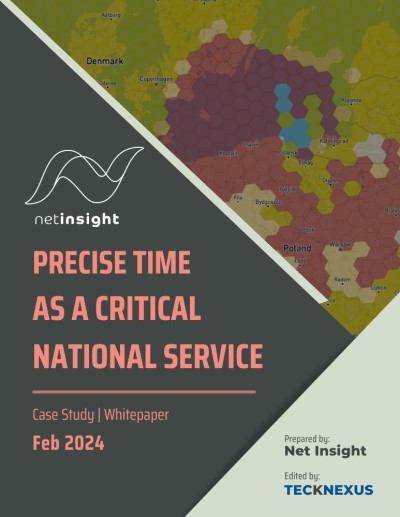In an era where digital transformation dictates the pace of industries, Communication Service Providers (CSPs) are not left behind. The shift towards a digital-first approach is not just a trend but a strategic imperative to stay relevant and competitive. This blog explores the core components and strategic insights into achieving digital-first growth, drawing on expert discussions from key industry figures at the world’s biggest telecom-focused event.
Understanding the Shift in the Telecom Industry
The telecom industry has evolved from a homogeneous market to a more heterogeneous one over the years. Initially, operators and vendors shared similar goals and strategies. However, today, the landscape has diversified significantly. Operators are now exploring various facets of business transformation, from enhancing network functionalities to adopting new business models like ‘techco’, which involves leveraging technology in innovative ways, including open API infrastructures and AI enablement. The increased competition from non-traditional telecom entities such as tech giants entering the communication space has further spurred the need for innovation and adaptation among traditional CSPs.
Embracing AI and Its Practical Applications
Artificial Intelligence (AI) has been a buzzword across industries, and its integration into CSP operations has transformed from theoretical applications to practical, value-driven use cases. AI’s role in the telecom sector has matured, focusing on tangible benefits like operational cost reductions and enhanced customer experiences. For instance, generative AI has moved from a novel feature to a core component in driving efficiency and personalizing customer interactions, proving its worth as a critical tool in the digital transformation arsenal. Beyond generative AI, machine learning algorithms are being employed to predict network failures and optimize traffic management, significantly improving service reliability and network performance.
The Rise of Personalization in Customer Experience
Today’s digital-first strategy is heavily customer-centric. Traditional CSPs are transitioning from a product-focused approach to a customer-focused model, where services are tailored to meet individual customer needs and preferences. This shift is evident in the deployment of sophisticated AI tools that analyze customer data to provide personalized billing information, which not only enhances customer satisfaction but also reduces operational costs by decreasing call center load. Enhanced customer experience also extends to real-time service adjustments and personalized content delivery, which have become key differentiators in a highly competitive market.
Innovating Monetization Strategies
Monetization in the digital age goes beyond traditional billing and charging systems. It encompasses a broader framework that includes dynamic partnerships and service offerings, facilitated by APIs and advanced data management systems. Operators are now able to launch and monetize services more efficiently, thanks to digital platforms that support rapid scaling and integration with various partners and vendors. Examples include subscription-based models, on-demand service offerings, and tiered pricing strategies that cater to the diverse needs of digital-savvy consumers.
Enterprise Value Chain and Digital Partnerships
The focus on enterprise customers has intensified, with CSPs striving to capture more value from this segment. This involves not only offering tailored services but also integrating seamlessly with businesses’ existing systems. Digital partnerships are crucial in this context, as they enable CSPs to offer comprehensive solutions that extend beyond traditional telecom services. These partnerships often involve cloud service providers, software developers, and even vertical-specific businesses, creating a multi-layered service ecosystem that drives both value and innovation.
Overcoming Transformation Challenges
Despite the clear benefits, digital transformation is fraught with challenges. Legacy systems and entrenched processes can impede rapid change, leading to prolonged and often costly transformation initiatives. Successful digital transformation involves a phased approach where new digital practices are implemented incrementally, allowing CSPs to manage risks and adapt more fluidly to technological advancements. Key strategies include modular upgrades, the use of agile methodologies in project management, and a strong focus on upskilling the workforce to align with new technological demands.
Strategic Use of Data and AI in Future-Proofing Operations
Data is one of the most potent assets CSPs possess. Leveraging this data through AI can unlock unprecedented levels of service personalization and efficiency. Future-proofing telecom operations involves not only integrating AI into existing systems but also preparing to scale these solutions as customer demands and technological landscapes evolve. This means CSPs must maintain flexibility in their digital strategies to accommodate emerging trends and technologies, such as 5G, IoT integration, and advanced cybersecurity measures.
Conclusion
The blueprint for digital-first growth in the telecom industry involves a complex interplay of adopting new technologies, transforming operational models, and above all, placing the customer at the center of business strategies. As the industry continues to evolve, CSPs that can effectively integrate digital innovations into their core operations will lead the way in redefining telecommunications for the digital era.
Digital-first growth is not just about adopting new technologies but about creating a responsive, agile, and customer-focused business that can thrive in an increasingly connected world. For CSPs, the journey towards digital transformation is continuous, and staying ahead requires a commitment to ongoing innovation and strategic foresight.





